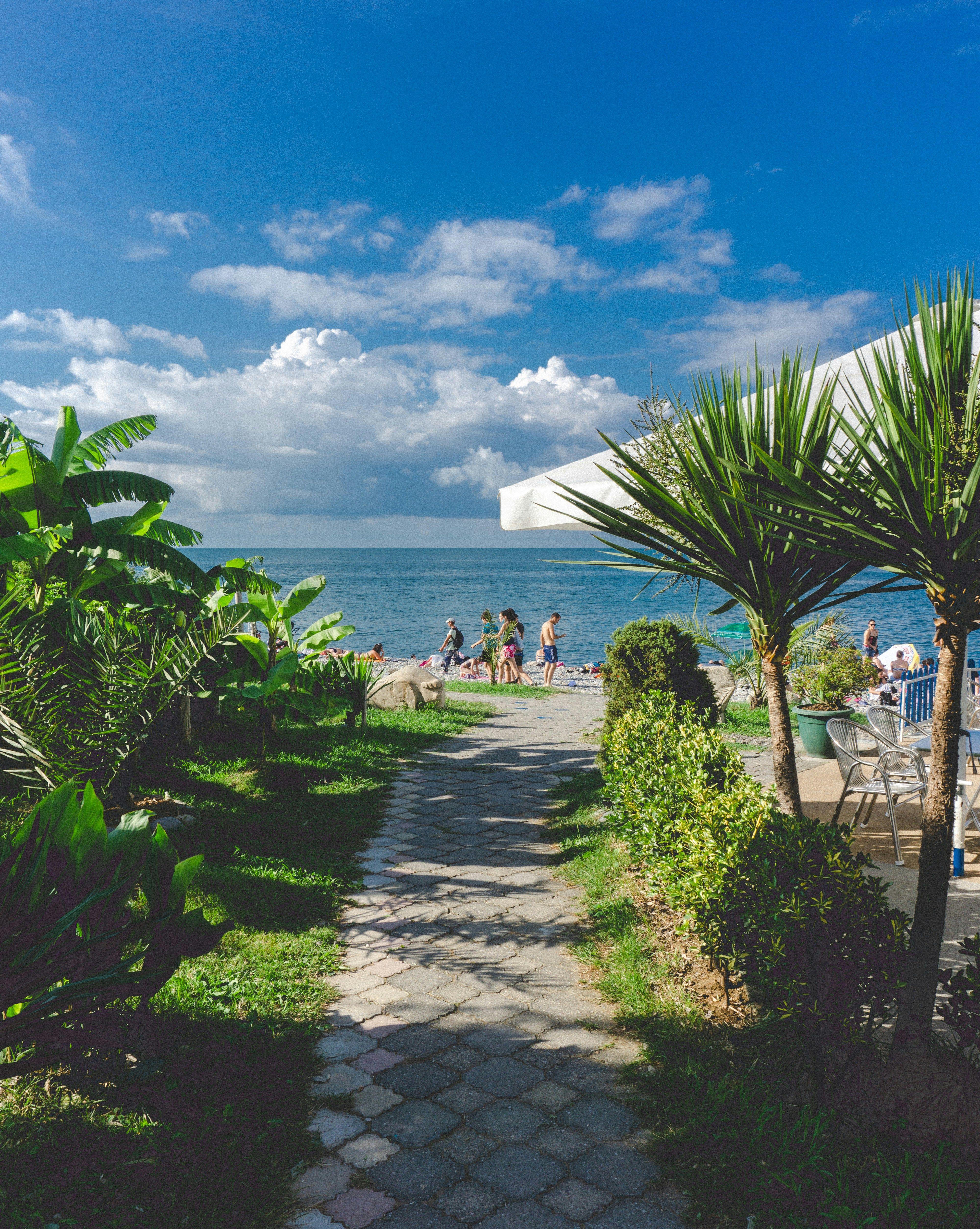15 Luminous Canaries Enhancing Various Skyline Views Within Reach
Bright yellow avian species grace diverse ecosystems across the globe, captivating both birdwatchers and casual observers alike. These vibrant creatures inhabit a multitude of habitats, from dense forests to open meadows, showcasing a dazzling array of plumages and behaviors. exploring the unique characteristics and preferred habitats of these 15 enchanting yellow birds:
1. American Goldfinch
Garbed in striking yellow plumage with distinctive black wings and a black cap, the American goldfinch is one of the most well-known yellow birds. During the breeding season, male goldfinches become even more resplendent, while their female counterparts adopt a more subtle yellow-green hue. These seed-feeding avians can be found thriving in open woodlands and backyards across North America.
2. Yellow Warbler
Small in stature, the yellow warbler boasts bright yellow feathers with faint reddish streaks on the breast. This sunny-natured warbler species inhabits wet meadows and open woodlands across North, Central, and South America. When in breeding season, male warblers perfom a sweet, whistling song to attract mates and defend their territory.
3. Western Tanager
With captivating coloring of yellow bodies, black wings, and vibrant orange-red heads, western tanagers make an unforgettable impression. They migrate between the western United States and Central America, often foraging for insects in coniferous forests. Caught between their tropical appearance and their breeding grounds in North America, western tanagers display melodic, resonant calls.
4. Yellow-headed Blackbird
The visually striking yellow-headed blackbird is easily identified by its vibrant yellow head contrasting with its black body. These birds thrive in wet meadows and marshes, nesting in large colonies during the summer season. Males emit a harsh, nearly mechanical call to defend their territories.
5. Yellow-throated Vireo
The yellow-throated vireo sports a bright yellow throat and olive green upperparts, making it one of the subtler yellow birds in appearance. Found in open woodlands across North and Central America, these sluggish avians are characterized by their slow, deliberate movements and thick, musical songs.
6. Common Yellowthroat
Striking among warblers, the common yellowthroat boasts a bright yellow throat and a bold black mask across its face. During the summer, they can be found in wetlands and brushy habitats, where they actively hunt insects among dense vegetation. Male yellowthroats are renowned for their distinctive "witchety-witchety" song.
7. Yellow-breasted Chat
The large yellow-breasted chat boasts bright yellow feathers on the chest and olive green plumage on the back. Unlike many birds in the warbler family, the yellow-breasted chat possesses a diverse repertoire of vocalizations, including whistles, clucks, and even mimicry of other species. They thrive in open grasslands and shrubby habitats across North America.
8. Prothonotary Warbler
One of the few warblers that nests in tree cavities, the prothonotary warbler is characterized by its brilliant yellow body and blue-gray wings. In the southeastern United States and northern South America, these birds make their home in swamps and wetlands. The prothonotary warbler takes its name from the bright yellow robes worn by certain clergy members of the Catholic Church.
9. Western Meadowlark
Famous for its distinctive black markings on the chest and bright yellow belly, the western meadowlark symbolizes open grasslands. Beloved for their flute-like song, these birds echo across prairies in the United States and southern Canada, primarily feeding on insects and seeds to support their ecosystems.
10. Southern Masked Weaver
Indigenous to southern Africa, the southern masked weaver is an eye-catching yellow bird with a black face, striking red eyes, and a long tail. Males display incredible nest-building skills, weaving intricate hanging nests high in the treetops to attract females. The species is known for its lively, noisy demeanor, living in large colonies.
11. Saffron Finch
Proudly donning a cheerful yellow plumage and an orange crown, the saffron finch is a common sight in South American grasslands and urban areas. They typically forage for seeds on the ground, making them a delightful addition to any backyard.
12. Golden Tanager
The small golden tanager exhibits brilliant golden-yellow feathers and dark blue markings on its wings and back. Once found in the cloud forests along the coasts of South America, this bird species feeds on fruit and insects, offering a striking presence in its habitats.
13. Yellow-rumped Cacique
Characterized by its mainly black body and bright yellow rump, the yellow-rumped cacique also features piercing blue eyes. Native to Central and South America, this bird species is known for its complex, chattering calls and long, hanging nests situated high in the treetops.
14. Bananaquit
The small, energetic bananaquit is easily identified by its bright yellow belly, curved beak, and affinity for sipping sweet nectar from flowers. Often found in the Caribbean and parts of Central and South America, these birds are frequent garden visitors, tantalizing onlookers with their acrobatic movements.
15. Yellow Oriole
Known for its vibrant yellow feathers and black wings, the yellow oriole can be found in northern South America, primarily concentrated in Colombia and Venezuela. These tropical birds construct hanging nests in palm trees, providing ample protection for their eggs and young. They primarily consume fruit and nectar, serving an essential role as pollinators in their respective ecosystems.
- The vibrant, yellow-feated American goldfinch inhabits open woodlands and gardens, showcasing its striking yellow plumage with black wings and cap, reflecting the integration of wildlife within our home-and-garden environments.
- Protecting tropical rainforests grants us opportunities to witness the Western Tanager, a striking yellow bird with vibrant orange-red heads, black wings, and a homesetad within coniferous forests - combining the beauty of technology-enabled space exploration with the enchantment of observing these birds up-close in their natural environment.




